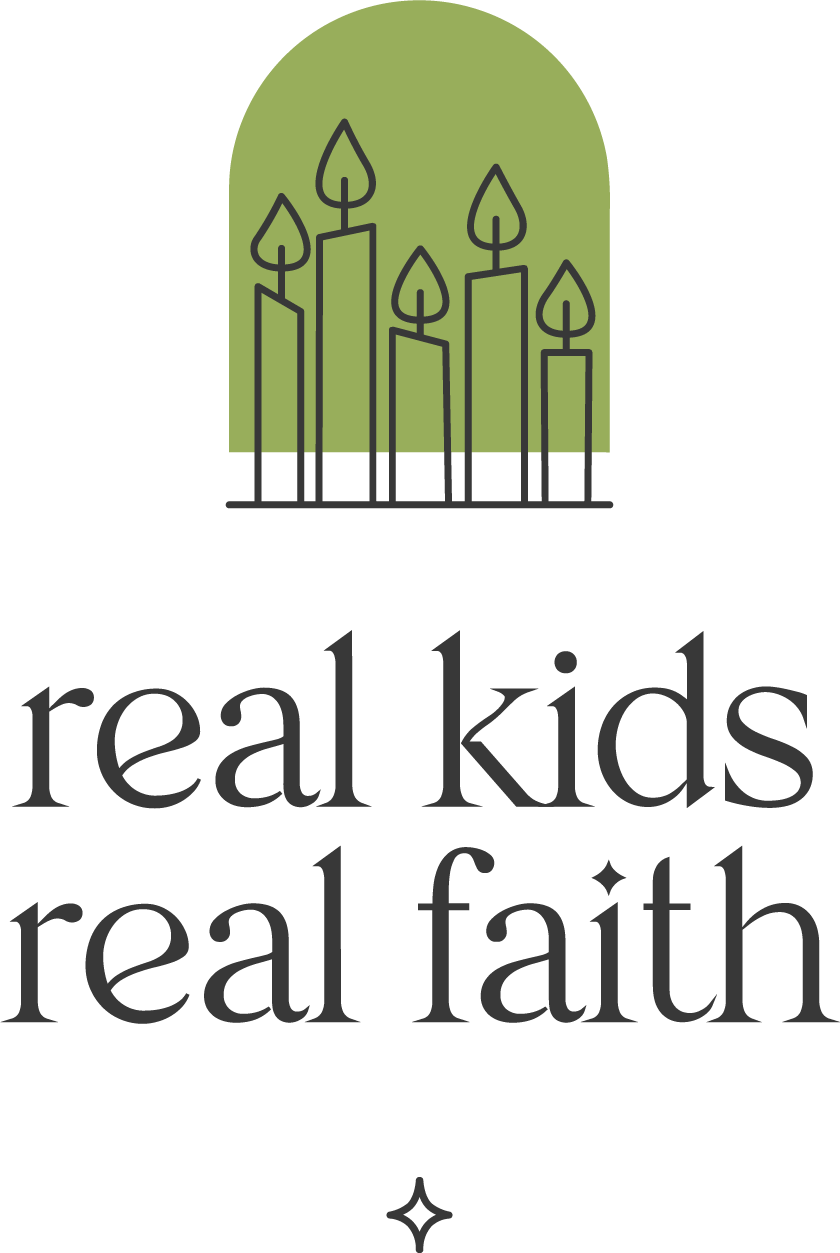Mindfulness practices help children to become more self-aware. When they spend time being present with themselves, they learn more about who they are. They learn to identify and manage their emotions so their relationships flourish. And they can explore experiences and values that will help them become the kind of people they want to be in the world.
To support children’s spiritual development, we can provide them with spaces to engage in mindfulness practices. Almost any place can become a mindfulness space: a closet, stair landing, room corner, or even under a table or desk. Wherever you choose, make sure the space is a quiet place where supplies can be set up and left out for use anytime.
Add to the space a few mindfulness tools. Choose a variety of items so that children will have options. Explain how to use each item, either by demonstrating or providing instructions. Children should be able to do the activities independently, using the space whenever they want to take a spiritual ‘timeout’ from their busy lives.
Some tools you might provide are:
Gratitude jar. Provide a jar, paper slips or squares, and markers. Invite children to write or draw something they are grateful for on the paper. Share examples, such as playing with a friend, a hug from a parent, or sitting outside on a sunny day. Tell them that they can return to the jar when they are struggling to feel gratitude and use the slips as reminders of what they have appreciated in the past. Helps children identify and manage a positive emotion.
Soothing sounds. Set up a CD player or tablet with headphones so children can play soothing sounds that encourage stillness and peace. (See Related Resources for suggested podcasts.). While listening, encourage them to do a body scan, noticing where their body feels tense and imagining the sounds soothing that tension away. Builds self-awareness and self-regulation skills.
Journal. Place a notebook and pencils and pens in the space. Write prompts at the top of every other page, such as “When have you witnessed something that contradicted your values?” “When have you experienced something unfair or unjust?” “What experience from today would you want to change?” Invite children to respond to the prompt with words or drawings, sharing how they feel and what they have learned about themselves and others from the experience. Encourages reflection on social values.
Foam ball. Provide a foam ball. Tell children they can squeeze the ball when they feel stressed or anxious and it will help them let go of those emotions. Encourage them to count how many squeezes it takes before they can feel their stress and anxiety easing. Let them know it’s okay to need a lot of squeezes. (For a more natural option, provide a lump of potter’s clay sealed in a baggie instead.) Promotes self-awareness and emotional regulation.
Reflection stones. Place several small stones with different surfaces in a basket. Invite children to pick a stone. Suggest that they run their fingers over the surface, noticing how it feels. Is it smooth, bumpy, rough, gritty, slippery? Then invite them to reflect on times when their day has been like the rock. How did they feel? What did they want to change? Provides metaphorical language for personal experiences.
Related Resources
- Mindfulnes Tools Instructions
- How to Create a Mindful Space for Self-Regulation in Elementary School
- Meditation music. Peaceful calm music 528, 432 Hz on Apple Podcasts
- Nature calm music, sounds. Relaxation, background music on Apple Podcasts
- Happy Sounds - A Nature Sounds Podcast on Apple Podcasts
- Managing Big Emotions with Mindfulness

Comments